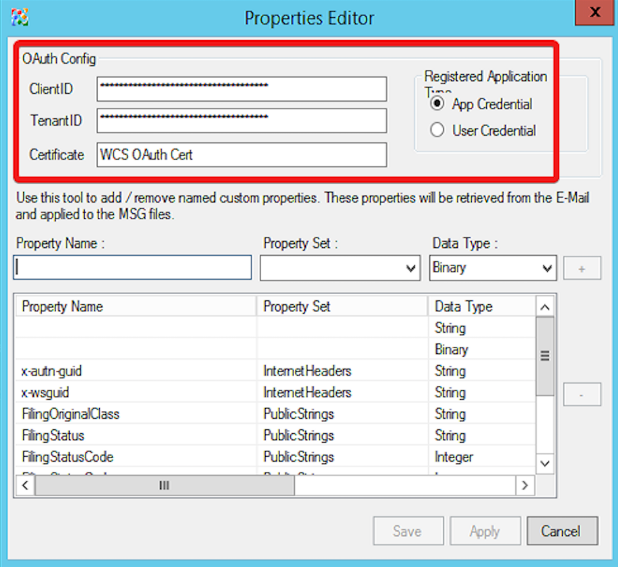
The quickest way to check is within the MaaS360 portal in the email portion of security policies to see whether Modern Authentication is enabled. How do you know whether you are still using Basic Authentication? Microsoft will be deprecating Basic Authentication in all tenants on 1 October 2022. This article does not apply to Exchange on-premise customers. The client applications that use Modern Authentication are not affected. New and existing client applications that use any of the legacy protocols cannot connect to Exchange Online (Office 365 mailboxes or endpoints) that use Basic Authentication. Multifactor Authentication (MFA), Passwordless, and Single Sign-On (SSO), are all components of Modern Authentication.

The tokens are stored at the device rather than a username and password.

IdP's transmit these tokens to the service from the requesting user or device. It instead leverages token based requests that are generated by an Identity Providers (IdP), for example IBM Verify, Microsoft Azure AD, Okta, and Ping.

Federated Identity Management moves away from username and passwords being directly transmitted from the requester to the service. The term “Modern Authentication” describes Federated Identity Management. Modern Authentication is based on ADAL (Active Directory Authentication Library) and OAuth 2.0 protocols. The username and password used to authenticate are often stored on the requesting device, for example a browser, making it easier for the attackers to capture and reuse those stolen credentials against other services. Basic Authentication vs Modern Authenticationīasic Authentication uses a username and password, which is transmitted from the requesting application each time access requests are made to a service, for example, Exchange Online, Salesforce, or Box.


 0 kommentar(er)
0 kommentar(er)
